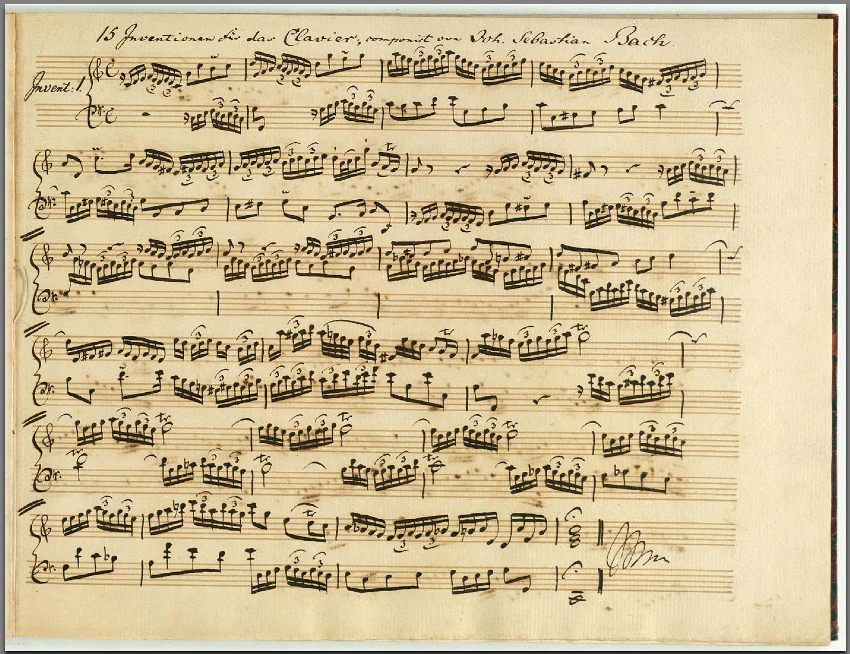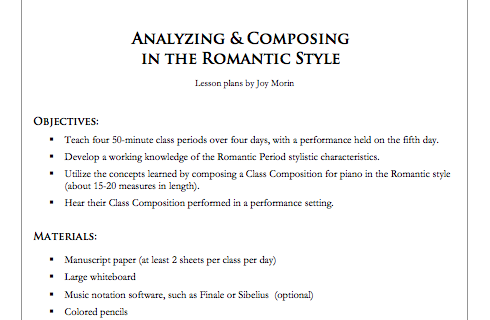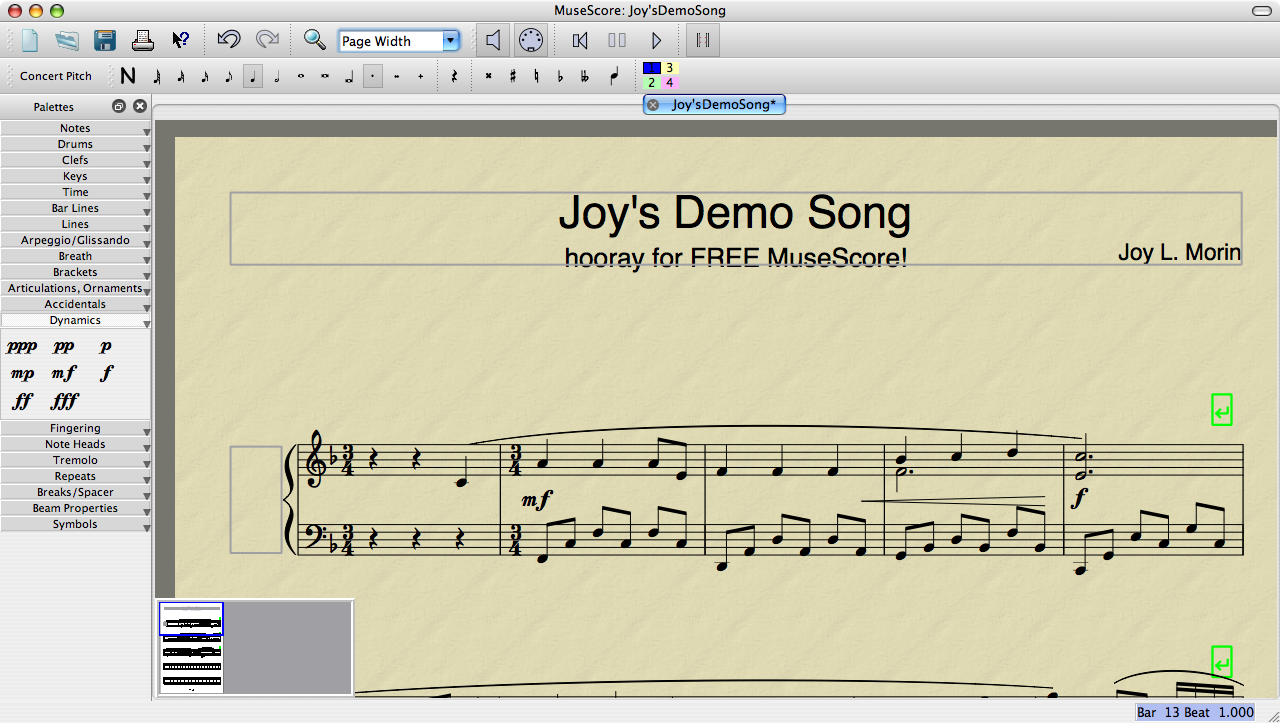 I just discovered these manuscript copies of Bach’s 2-part inventions over at the IMSLP’s Petrucci Music Library. I always find free pdfs of music scores that I need on their site, but I never realized that they also have pdfs of some hand-written manuscript copies to download as well! Although this is not Bach’s handwriting, but it is still a remarkable part of history — and looks really cool. According to the site, this manuscript copy dates from around the 1790s. Can you imagine having to copy music by hand? What an art!
I just discovered these manuscript copies of Bach’s 2-part inventions over at the IMSLP’s Petrucci Music Library. I always find free pdfs of music scores that I need on their site, but I never realized that they also have pdfs of some hand-written manuscript copies to download as well! Although this is not Bach’s handwriting, but it is still a remarkable part of history — and looks really cool. According to the site, this manuscript copy dates from around the 1790s. Can you imagine having to copy music by hand? What an art!
While I was so captivated by this manuscript copy, it occurred to me that printing some of these sheets off on acrylic print paper and then framing them would be a great way to decorate the walls of a piano studio! I think students would really enjoy admiring the hand-written manuscripts, especially if they were working on the same piece.
To download:
Click this link to visit the Bach inventions page. Scroll down until you see the download with the editor listed as “Peter Gronland” and says “Undated manuscript copy, 1790?”. As always, be sure to carefully follow the site’s copyright restrictions for your country (in the US, basically all works published before 1923 are in the public domain).









